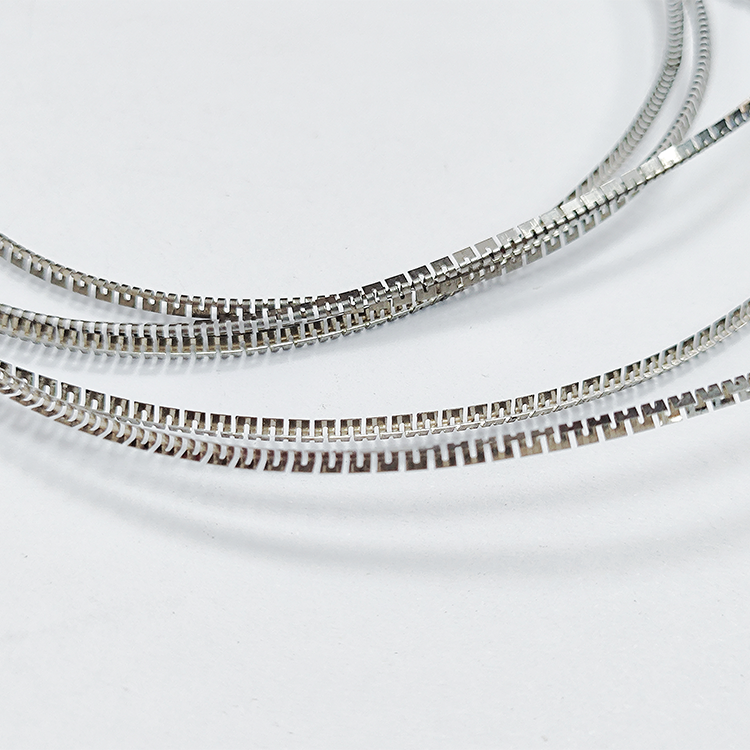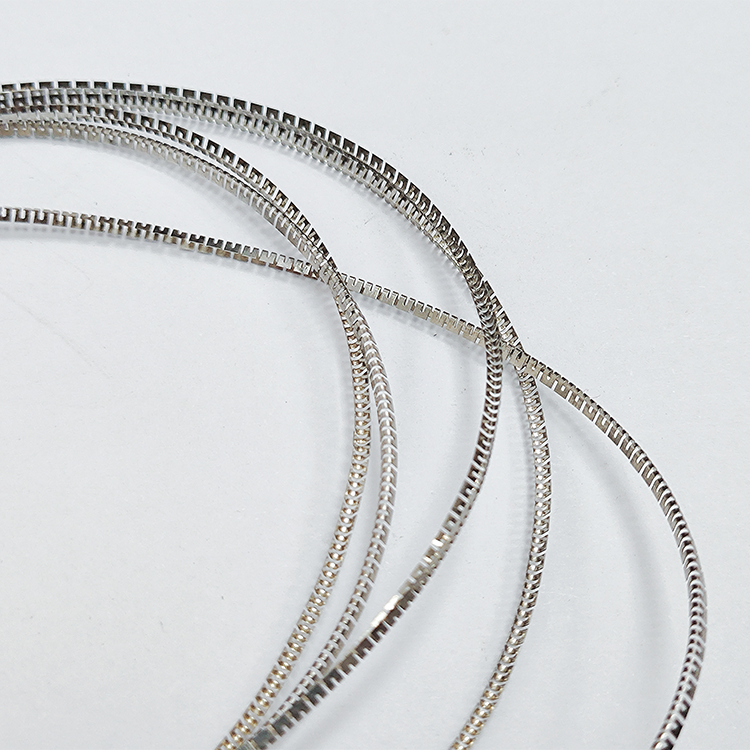V-springs, or cantilever springs, are a type of spring that is particularly useful in the automotive industry due to their ability to absorb shocks, support loads, and provide precise control over motion.
Suspension Systems: V-springs are extensively used in the suspension systems of vehicles to absorb shocks and vibrations, ensuring a comfortable and safe ride. They work in conjunction with shock absorbers and struts to provide smooth handling and stability.
Engine Valve Systems: In engine valve systems, V-springs provide the necessary force to open and close the valves at precise intervals. This is crucial for controlling the flow of air and fuel into the engine cylinders, directly impacting engine performance and efficiency.
Braking Systems: V-springs are used in braking systems to retract brake pads or shoes after the brake pedal is released, allowing for smooth and efficient disengagement. This ensures that the brakes can be applied and released quickly and effectively, contributing to the vehicle’s safety and performance.

Seat Mechanisms: In adjustable seats, they are used to provide the necessary support and adjustment flexibility. They ensure that the seat can be comfortably adjusted to accommodate different driver sizes and preferences, enhancing the overall driving experience.
Clutch Assemblies: They are also found in clutch assemblies, where they engage and disengage the clutch. This ensures smooth gear shifting and efficient power transmission, contributing to the vehicle’s performance and fuel efficiency.
Doors and Trunk Lids: Torsion springs, a type of spring that includes V-springs, are used in various automotive components such as doors and trunk lids. They provide the necessary force to open and close these components smoothly and securely.
Mechanical Watches: While not directly related to automotive applications, it’s worth noting that V-springs are also used in the operation of mechanical watches. They store mechanical energy and release it in a controlled manner to power the watch’s movement, showcasing the versatility of V-springs across different industries.

In summary, V-springs play a critical role in the automotive industry, contributing to the safety, comfort, and performance of vehicles through their applications in suspension systems, engine valve systems, braking systems, seat mechanisms, clutch assemblies, and more. Their ability to absorb shocks, support loads, and provide precise control over motion makes them an indispensable component in the design and manufacturing of automotive components.